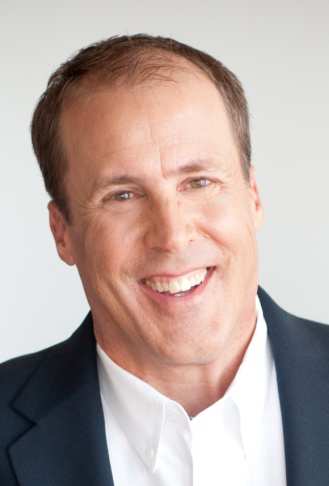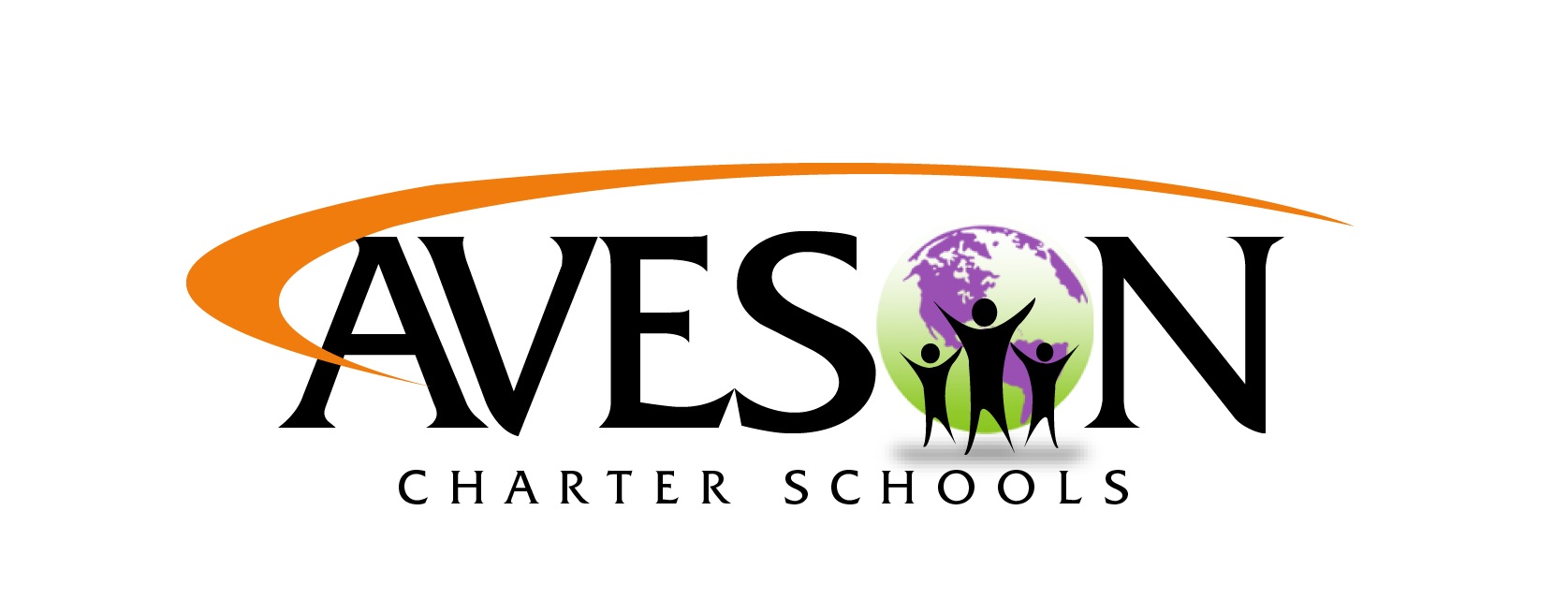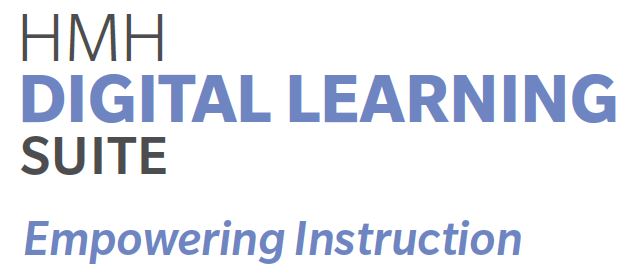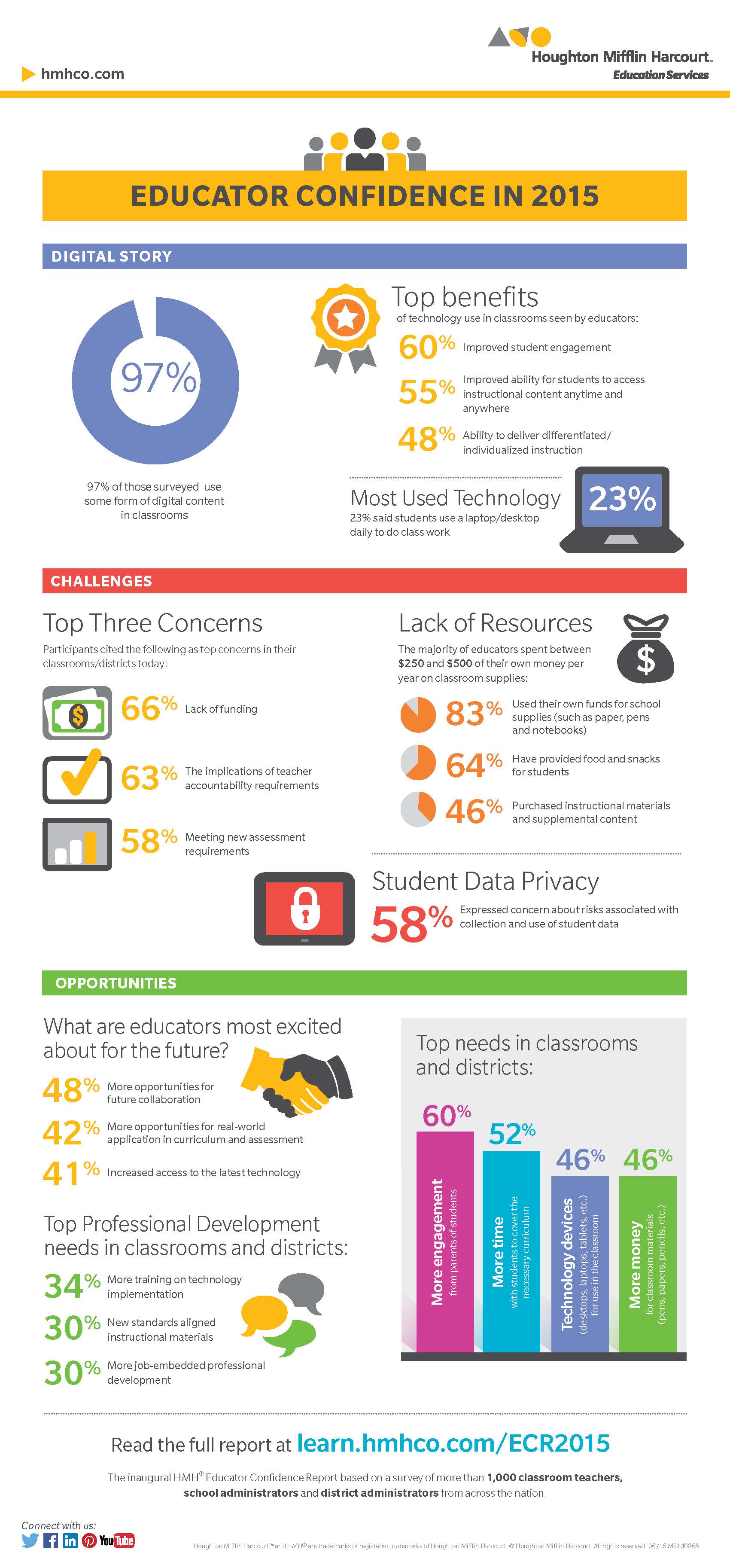Communication in the 21st Century
By Erik Palmer–Educational Consultant, Author, and Speaker

Communication in the 1st century. No, that’s not a typo, though to be more accurate, I should say 1st century B.C. What was the most important skill to develop for effective communication? Oratory, the art of speaking. In ancient Greece and Rome, oral communication skills were highly valued and those who spoke well ruled. Most of us recognize the name Cicero. He was in our history texts, and, twenty-two hundred years after his death, he is still remembered. Why? He was a great speaker in an era when oral communication was valued.
Fast forward to the 21st century. What is the most important skill to develop for effective communication? Once again, the art of speaking. Skype. FaceTime. Webinars. Podcasts. Video. Video conferences. Google Hangouts. We can easily get caught up in the “Wow! These tools are amazing!” and fail to realize that all these tools (and many others) have at their core oral communication. They are designed to showcase speaking. Verbal communication is on display in the 21st century like never before. Cicero spoke to small audiences around Rome. It is common for speakers today to be digitally addressing potentially huge audiences around the world. Today, people who are well spoken will be more successful professionally and socially than people who aren’t well spoken.
Unfortunately, schools have largely ignored oral communication. After some other unit, we will make students give a speech, but we do not have specific lessons to prepare them to do that speech well. No wonder people fear public speaking—they have never been taught how to do it. You’ve noticed. When you look at students speaking, you have realized that they do not speak well. Listeners are not engaged. Poetry recitations are unimpressive. Book reports do not inspire other students to go get the book. Twenty four hours later, students cannot tell you anything about the historical figures presented in the 3–5 minute talk required at the end of biography research unit. The speaking we make students do isn’t working for the speakers who aren’t improving or for the audiences who are not getting anything out of the talks. What do we need to do?
A short article cannot solve the problems, but I think I can point you in the right direction.
- As a school, commit to valuing speaking. Develop a scope and sequence for speaking skills. Whenever someone says “reading and writing,” stop them and say, “You mean reading, writing, and speaking.”
- Just as you have workshops about bully-proofing, equity training, RTI, and more, commit to providing workshops about how to develop verbal skills.
- Find materials that show teachers how to teach speaking skills. They are hard to find. I wrote Well Spoken: Teaching Speaking to All Students to fill this void. Houghton Mifflin Harcourt’s Collections has self-guided student tutorials guiding students to effective oral communication. Avoid materials that include speaking as an afterthought—a book about writing or reading strategies with a couple of oral activities mentioned is not going to get the job done.
- Develop a school-wide consistent language. Odds are that every teacher in your school has a unique score sheet or rubric. One might score “elocution, eye contact, inflection;” another “enunciation, gestures, vocal modulation;” another “loudly, clearly, slowly;” and so on. We make mastery difficult if we shift language and expectations from class to class, grade to grade. I offer a framework in Well Spoken that can be a model for your school.
- Use digital tools. Every Mac computer has Photo Booth built in. PCs all have digital cameras built in. Record students and use those as rough drafts giving students the ability to see themselves before presentation day. Use www.vocaroo.com to have students record themselves. Provide feedback. If students have cell phones, have them video their talks and share some for instructional purposes.
Bit by bit, educators are coming around to the belief that we cannot continue to shortchange the number one language art. I started out by saying that speaking well is the most important communication skill for the 21st century, and I guarantee that your students will be forever grateful to you if you give them an effective voice. They may not achieve the fame of Cicero, but they will be prepared for the communication demands of their futures.
Erik Palmer is a veteran teacher, education consultant, and author of Teaching the Core Skills of Listening & Speaking, Well Spoken: Teaching Speaking to All Students, Researching in a Digital World, and Digitally Speaking: How to Improve Student Presentations with Technology. His areas of focus include improving oral communication, promoting technology in classroom presentations, and updating instruction through the use of digital tools. He is also a program consultant of Houghton Mifflin Harcourt™ Collections. He holds a bachelor’s degree from Oberlin College and a master’s degree in curriculum and instruction from the University of Colorado.
Charter School of the Month
Aveson School of Leaders
Altadena, California

Serving more than 800 students in Grades K–12 across two campuses, Aveson is a breakthrough school that focuses on personalized mastery learning, social leadership, and healthy living. Through a project-based learning approach, Aveson challenges its students to grow on both academic and personal levels. Aveson educators recognize that students are like snowflakes—no two are the same. Aveson teachers are called advisors because their purpose is to guide students rather than to simply impart knowledge to whole classrooms.
At Aveson, students can be themselves and trust that advisors will collaborate with them to ensure that they learn in ways that are most effective for them. Students learn to communicate effectively, advocate for themselves, accept differences, and, most importantly, they learn how to learn.
Aveson offers multi-age classrooms that encourage students to work together and also allow advisors to interact with them across multiple years and gain a better understanding of their specific needs. Advisors work with each student individually to set goals and develop a personal learning plan. Students then work toward the goals of identifying what they will learn, how they will learn it and when they will know they have mastered it. Mastering a subject is measured through showing individual proficiency, not general grading, and individual pacing, not the general pace of the class as a whole.
Further, Aveson helps students build social leadership skills through global “take action projects.” Each year, every classroom identifies a global issue and develops a take action plan to bring it to a local and personal level. These projects help build communication skills, personal responsibility, and cooperative learning.
Finally, the school’s focus on healthy living enables students to learn about managing emotional, mental, and physical health through a variety of projects and activities that are integrated throughout the school day. These might include culinary arts classes, nature walks and hiking, cooperative games and a healthy lunch program. Social emotional education is a key focus, and advisors reinforce with students the importance of problem solving, self-regulation of emotions and the ability to work well with others.
Is your school a leader? Do you have a great success story you’d like to share? Tell us about it and you could see your school featured in a future edition!
Product Spotlight

Learn how to connect instruction with classroom technology through the HMH Digital Learning Suite.
Professional development course topics include:
- Introduction to 1:1
- Digital Citizenship
- 21st-Century Skills
- Blended Learning
- Flipped Classrooms
- Problem-Based Learning
Learn more about the HMH Digital Learning Suite
|
|






